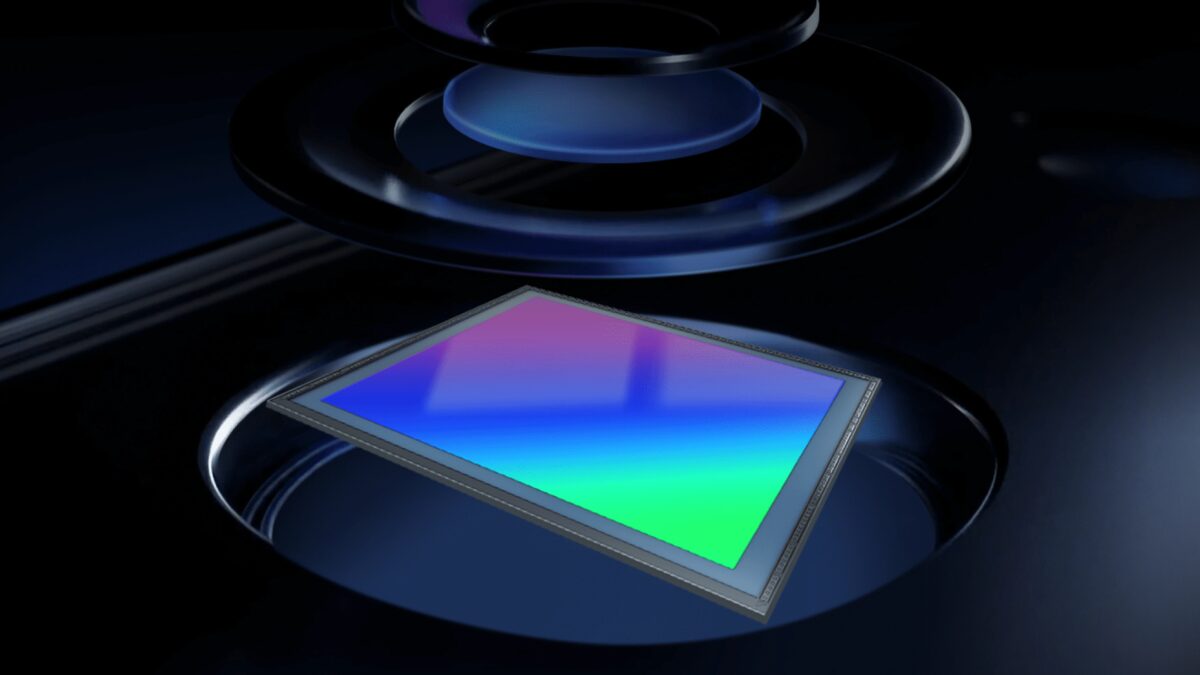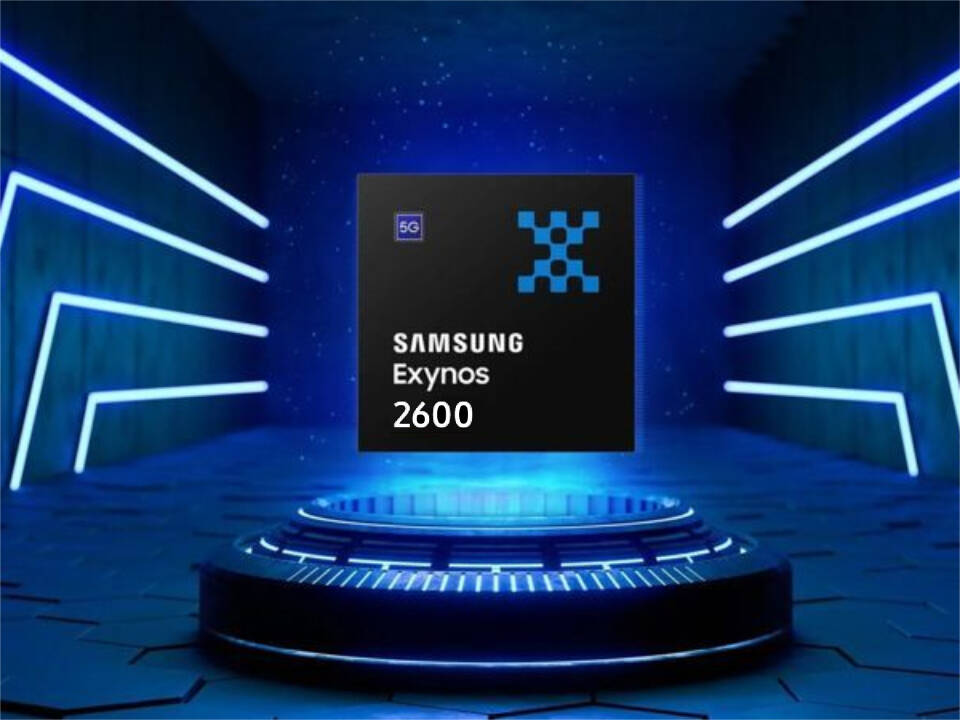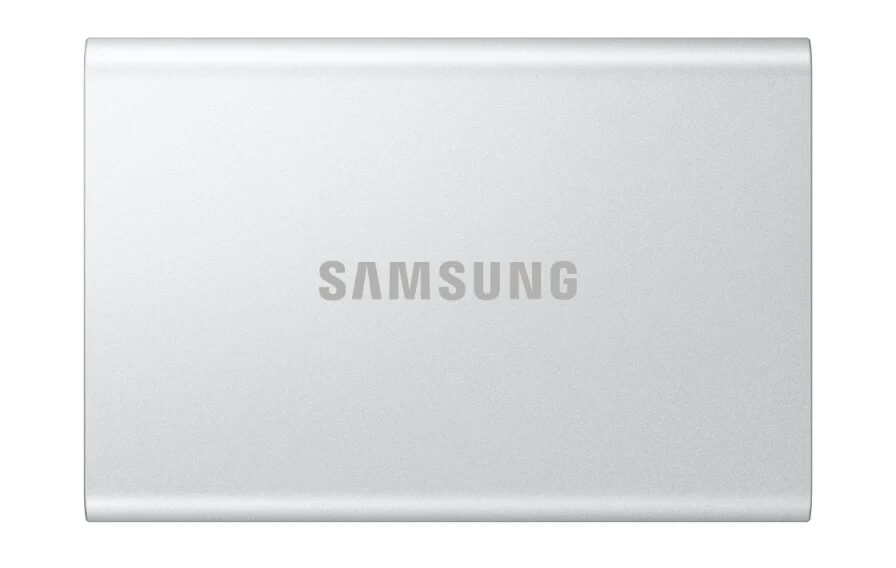AMD has given up on cloud gamification
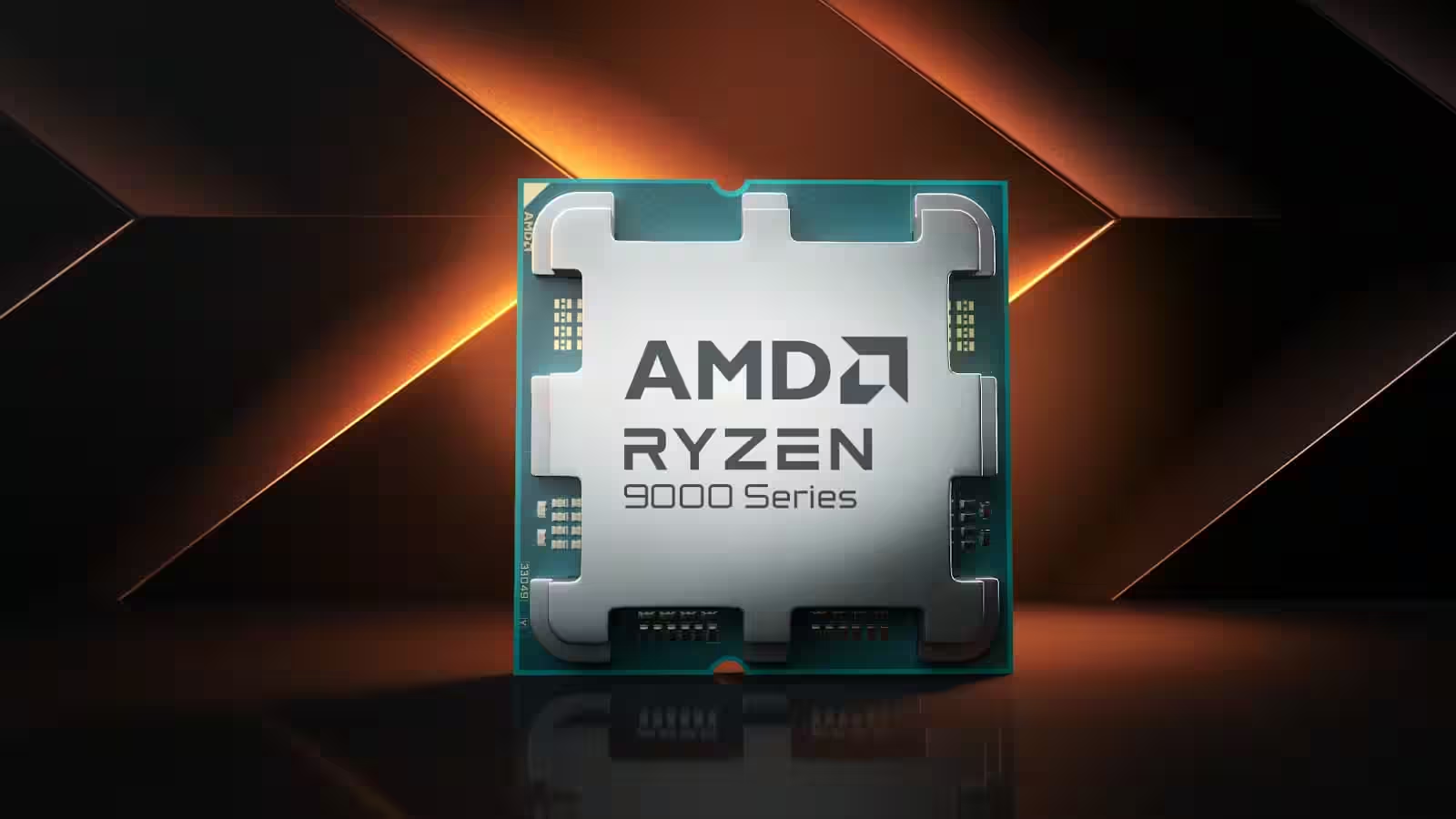
At IFA 2025 on September 6, AMD didn’t unveil any new processors or graphics solutions, preferring to focus on its long-term growth strategy. Instead, the company held a candid roundtable discussion with journalists to share its vision for the future of artificial intelligence, graphics and neural processors, and personal computing.
Jack Hune, senior vice president and general manager of AMD’s Computing and Graphics Division, noted that the current hype around AI is just the beginning of massive changes. Despite significant progress in generative technologies such as imaging and chatbots, the real transformation is yet to come, he said. Huynh compared the potential of AI to the early days of the Internet, emphasizing that the fundamental changes will not manifest themselves until years later. He also highlighted the promise of new applications, including text-to-video and fully localized AI systems.
Hyun also highlighted the potential for new applications, including text-to-video and fully localized AI systems.
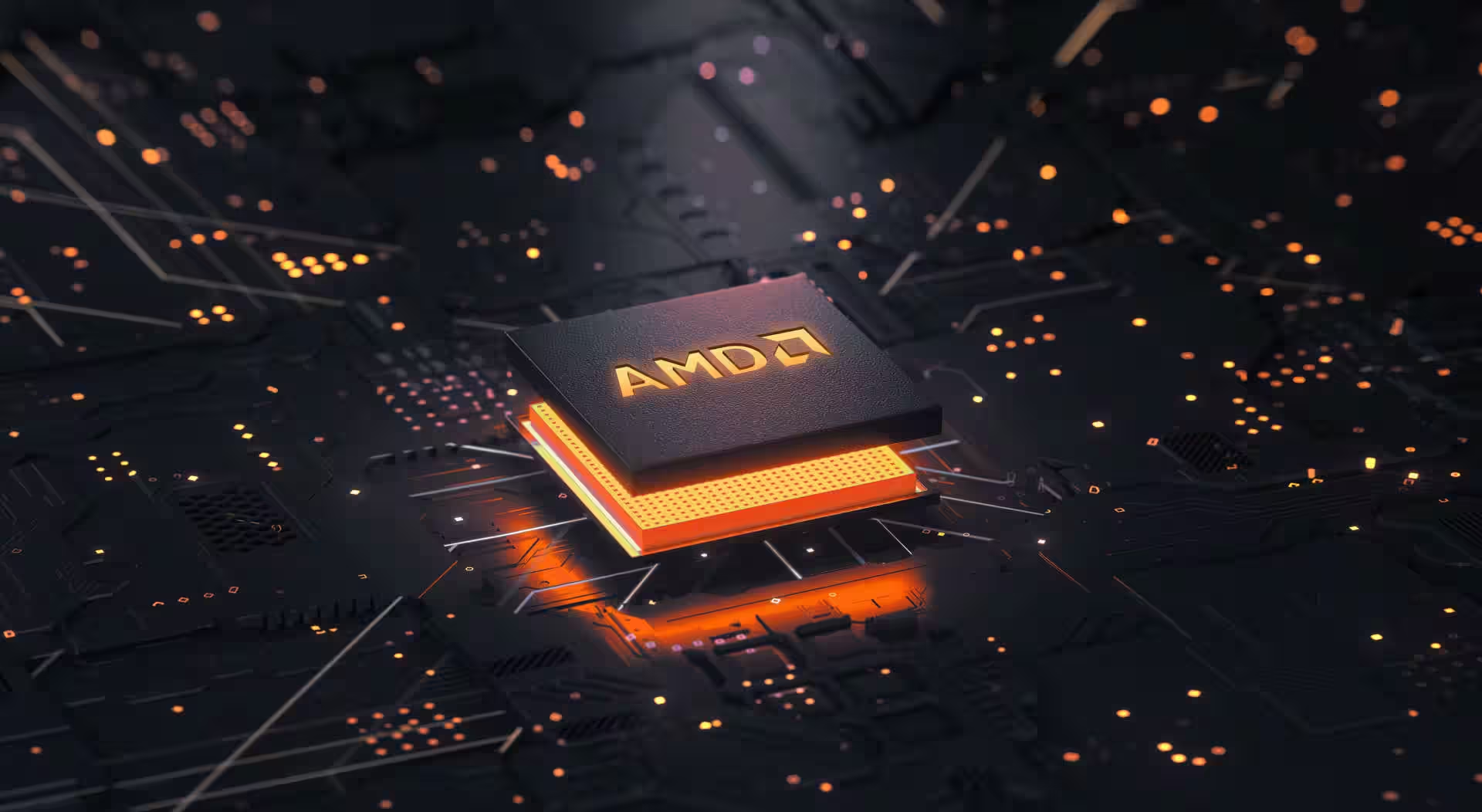
Amdm’s strategy is built on decentralizing computing workloads and improving energy efficiency. The company sees neural processing units (NPUs) not as a replacement for central processing units (CPUs) and graphics processing units (GPUs), but as an add-on that allows AI applications to run safely and efficiently without dependence on cloud services. “You don’t get an AI computer without first building a great computer,” Huehn emphasized, focusing on developing scalable and balanced solutions rather than chasing performance records for the sake of headlines.
Huehn emphasized the need to develop scalable and balanced solutions, rather than chasing performance records for the sake of headlines.
As part of the discussion, AMD also rejected plans to build its own cloud gaming platform similar to Nvidia’s GeForce Now. The company has no intentions of launching a Radeon Now service, Hune said, and AMD is content with its role as a chip supplier to partners. Notably, the GeForce Now cloud infrastructure utilizes AMD Threadripper processors.
In response to questions about market share in the discrete graphics processor segment, which according to Jon Peddie Research was just 6 percent in the second quarter of 2025, AMD representatives refrained from commenting, citing data from Mercury Research. The company said demand for Radeon graphics cards remains strong and production is gradually recovering from the launch of the RDNA 4 architecture, but it has yet to see significant sales growth.
In addition, AMD confirmed plans to release FidelityFX Super Resolution “Redstone” technology in the second half of 2025, promising further improvements in performance and image quality.




